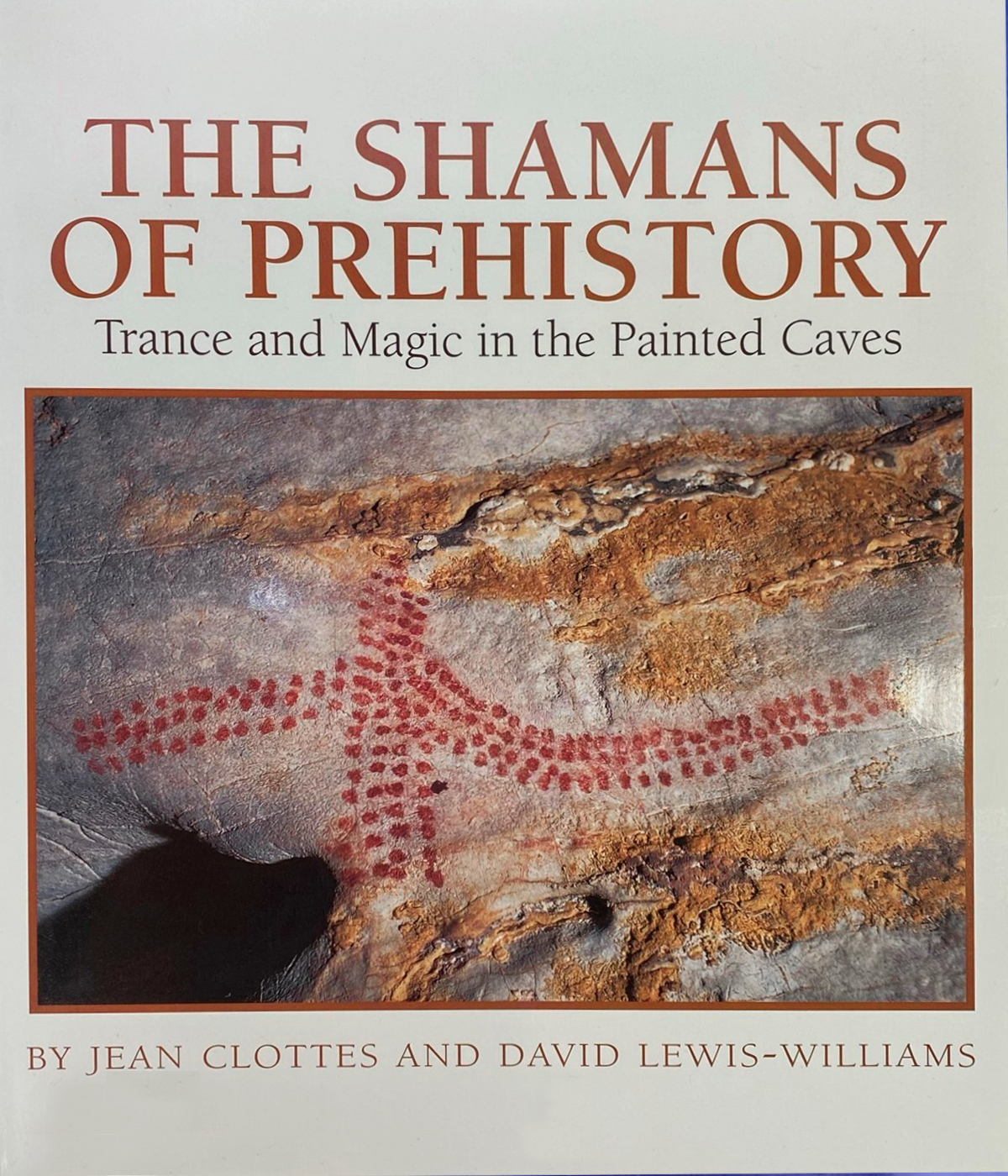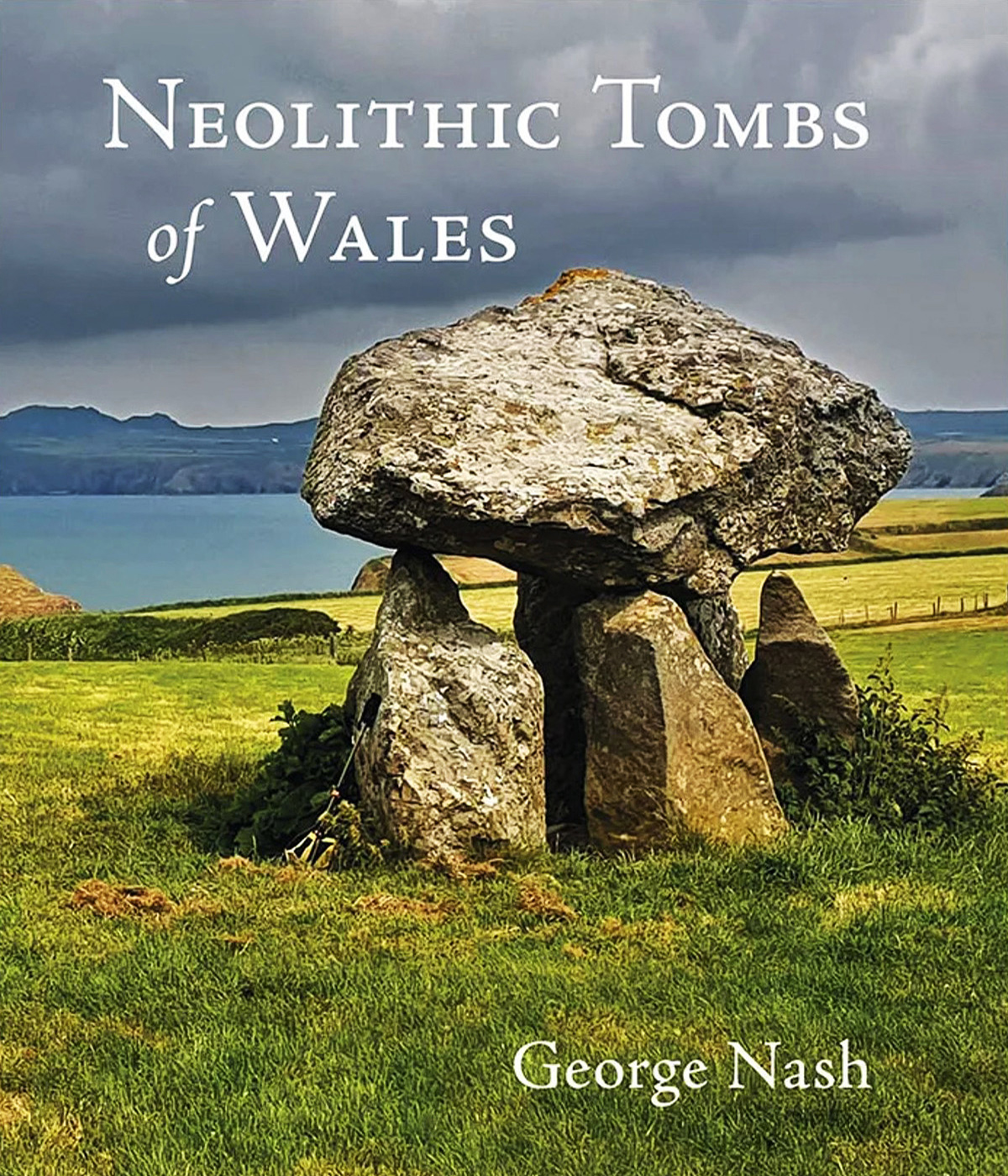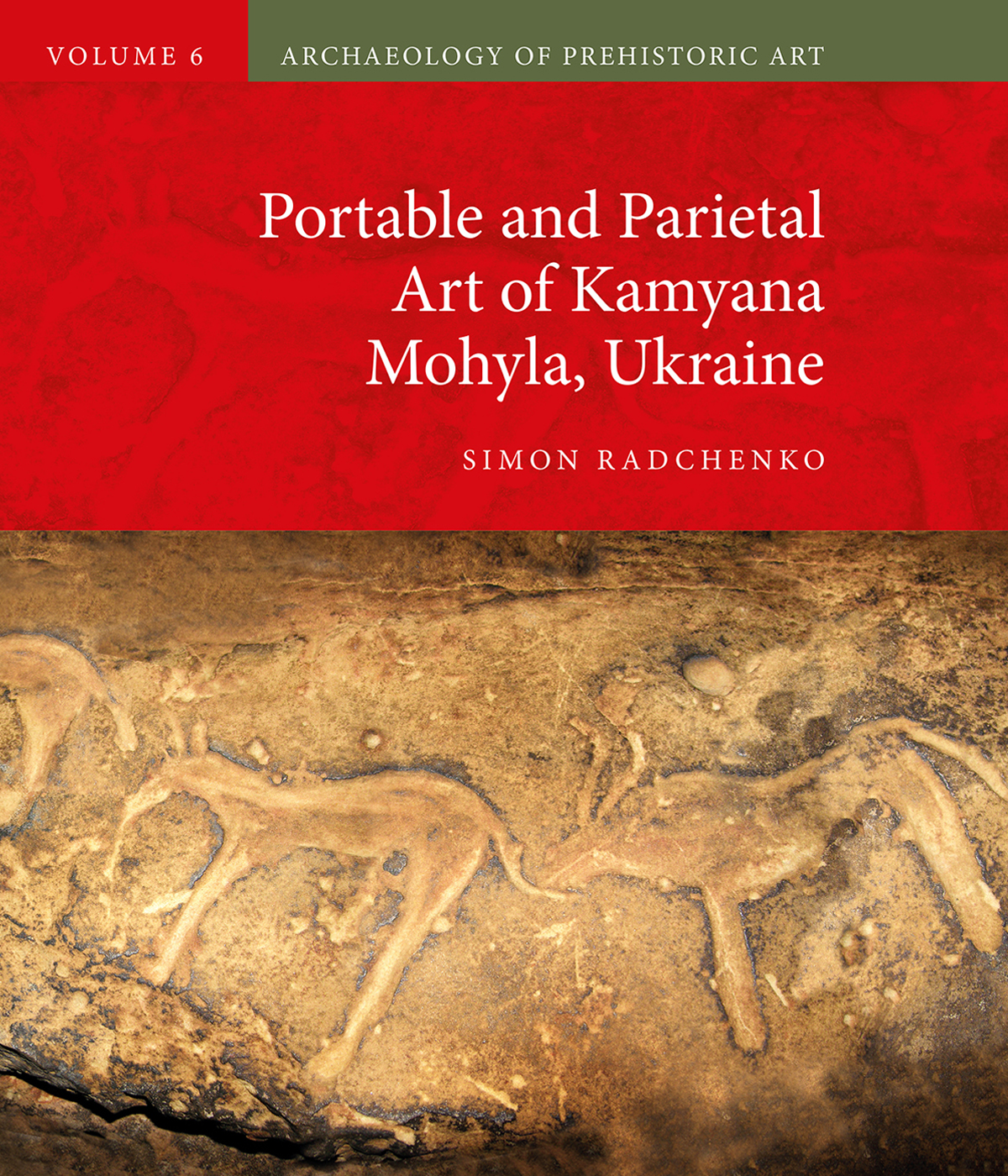


by Professor Stephen Oppenheimer
Trance and Magic in the Painted Caves
- Harry N. Abrams, 1998
- ISBN 0810941821 (ISBN13: 9780810941823)
- Hardcover, 120 pages
Book Description:
This startling book reveals a new way of understanding the remarkable images painted or etched on rock walls by the people of prehistory.
Noting the similarity of prehistoric rock art with that created by some contemporary traditional societies, archaeologists Jean Clottes and David Lewis-Williams suggest that the ancient images were created by shamans, powerful individuals who were able to contact the spirit world through trance and ritual. In many societies throughout history, shamans have been consulted to try to change the weather, foretell the future, control the movements of animals, and converse with the dead.
With an abundance of full-color illustrations, Clottes and Lewis-Williams draw on neuropsychology and ethnography to follow prehistoric shamans into their trance states. The authors shed light on what these rock artists were thinking and how they may have worked. On these pages, Paleolithic art and life are seen in a new and astonishing way.
From Library Journal:
Since the first report of cave art (at Altamira in 1879), attempts have been made to explain the purpose of the mysterious drawings. Art for art's sake; totemism; hunting, destructive, or fertility magic; and modern structuralist theories have all been proposed. Clottes (The Cave Beneath the Sea: Paleolithic Images at Cosquer, LJ 4/1/96) and Lewis-Williams (cognitive archaeology, Univ. of the Witwatersrand, Johannesburg) propose a new theory emphasizing the shamanic aspects of Paleolithic cave paintings. After an unavoidably technical chapter providing the basics of shamanism, the authors examine Paleolithic paintings from across France and Spain, noting the use of animal figures, composite figures combining both human and animal characteristics, and geometric designs that are all common elements of shamanism. The bulk of the book is both fascinating and thought-provoking, and while it is not likely to be the last word on the subject, it is an important contribution to the field. Recommended for academic and large public libraries.
Copyright 1999 Reed Business Information, Inc.
Jean Clottes:
Jean Clottes is a prominent French prehistorian. He was born in the French Pyrénées in 1933 and began to study archaeology in 1959, while teaching high school. He initially focused on Neolithic dolmens, which were the topic of his 1975 Ph.D. thesis at the University of Toulouse. After being appointed director of prehistoric antiquities for the Midi-Pyrénées in 1971, he began to study prehistoric cave art in order to fulfill the responsibilities of that position. In the following years he led a series of excavations of prehistoric sites in the region. In 1992, he was named General Inspector for Archaeology at the French Ministry of Culture; in 1993 he was appointed Scientific Advisor for prehistoric rock art at the French Ministry of Culture. He formally retired in 1999, but remains an active contributor to the field.
David Lewis-Williams:
David Lewis-Williams is professor emeritus of cognitive archaeology at the University of the Witwatersrand in Johannesburg. David Lewis-Williams, as he is known to his friends and colleagues, is regarded as an eminent specialist in the San or Bushmen culture, specifically their art and beliefs. His book, The Mind in the Cave: Consciousness and the Origins of Art (Thames & Hudson) won the American Historical Association's 2003 James Henry Breasted Award. His most recent books are Inside the Neolithic Mind: Consciousness, Cosmos, and the Realm of the Gods (Thames & Hudson) co-authored with David Pearce and published in 2005, Conceiving God: The Cognitive Origin and Evolution of Religion, published in 2010, and Deciphering Ancient Minds: The Mystery of San Bushman Rock Art, co-authored with Sam Challis and published in 2011.
by Kate Winter
13 November 2025 Book Review Archive
→ Neolithic Tombs of Wales
by George Nash
19 November 2024
by Simon Radchenko
22 May 2024
by Meenakshi Dubey-Pathak and Jean Clottes
10 November 2023
by Paola Demattè
12 January 2023
by Paul Pettitt
10 November 2022
by George Nash
19 November 2024
by Simon Radchenko
22 May 2024
by Meenakshi Dubey-Pathak and Jean Clottes
10 November 2023
by Paola Demattè
12 January 2023
by Paul Pettitt
10 November 2022
Friend of the Foundation
by George Nash
19 November 2024
by Simon Radchenko
22 May 2024
by Meenakshi Dubey-Pathak and Jean Clottes
10 November 2023
by Paola Demattè
12 January 2023
by Paul Pettitt
10 November 2022














